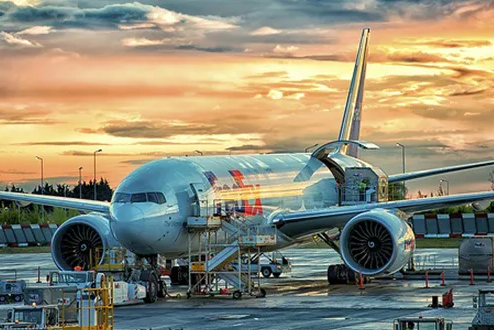Air freight has become an essential component of global logistics, offering unparalleled speed and reliability for businesses looking to transport goods quickly across the world. As the demand for fast delivery increases, air freight provides a viable solution for time-sensitive shipments, high-value goods, and perishable items. This article explores the various aspects of air freight, including its benefits, the process involved, and tips for optimizing air freight logistics.
Benefits of Air Freight
The primary advantage of air freight is its speed. When time is of the essence, air freight is the fastest method of transporting goods over long distances. This is particularly important for industries such as pharmaceuticals, electronics, and fashion, where product lifecycles are short and demand fluctuates rapidly.
Air freight also offers a high level of security. Airports have stringent security measures in place, reducing the risk of theft and damage. Additionally, the handling processes for air freight are designed to protect goods from rough handling and adverse weather conditions, ensuring that they arrive in pristine condition.
Another significant benefit is the global reach of air freight. With an extensive network of airports and airlines, businesses can ship to almost any destination in the world. This connectivity is crucial for companies looking to expand their market reach and meet the needs of international customers.
The Air Freight Process
The air freight process begins with the selection of a freight forwarder or carrier. Freight forwarders are logistics experts who arrange the transportation of goods on behalf of the shipper, handling all aspects of the shipping process. They provide a range of services, including booking cargo space, preparing shipping documents, and coordinating with customs authorities.
Once a freight forwarder or carrier is chosen, the shipper needs to prepare the goods for shipment. This involves packaging the goods securely and labeling them with the appropriate information, such as the destination, weight, and contents. Proper packaging is critical to prevent damage during transit and ensure compliance with airline regulations.
The next step is the transportation of goods to the airport. This is usually done by road or rail, depending on the location of the shipper and the airport. Once the goods arrive at the airport, they go through a series of security checks before being loaded onto the aircraft.
During the flight, goods are tracked using advanced tracking systems, allowing both the shipper and the recipient to monitor the progress of the shipment in real-time. Upon arrival at the destination airport, the goods undergo customs clearance. This involves verifying the contents of the shipment and ensuring that all necessary import duties and taxes are paid.
Finally, the goods are transported from the airport to the recipient's location. This last leg of the journey is typically handled by a local courier service or the freight forwarder's delivery network.
Tips for Optimizing Air Freight Logistics
To maximize the benefits of air freight, businesses should consider the following tips:
-
Choose the Right Freight Forwarder: Partnering with a reliable and experienced freight forwarder can streamline the shipping process and ensure that goods are handled efficiently. Look for forwarders with a strong network, good customer service, and a track record of successful shipments.
-
Optimize Packaging: Proper packaging is crucial for air freight. Use lightweight, durable materials to reduce shipping costs and protect goods from damage. Additionally, ensure that packaging complies with airline regulations to avoid delays and additional fees.
-
Plan Ahead: While air freight is faster than other shipping methods, planning ahead is still essential. Book shipments in advance to secure cargo space and avoid peak-season surcharges. Additionally, ensure that all necessary documentation is prepared and submitted on time.
-
Leverage Technology: Utilize advanced tracking and communication tools to monitor shipments and stay informed about any potential delays or issues. This real-time visibility allows businesses to respond quickly and make informed decisions.
-
Understand Customs Regulations: Navigating customs regulations can be complex, but understanding the requirements of the destination country can prevent delays and additional costs. Work with your freight forwarder to ensure that all customs documentation is accurate and complete.
-
Consider Insurance: While air freight is generally secure, unexpected events can still occur. Purchasing insurance for high-value or sensitive shipments can provide peace of mind and financial protection in case of loss or damage.
Conclusion
Air freight plays a crucial role in global logistics, offering speed, security, and extensive reach for businesses looking to transport goods quickly and efficiently. By understanding the air freight process and implementing best practices, companies can optimize their logistics operations and meet the demands of an increasingly fast-paced global market.







































